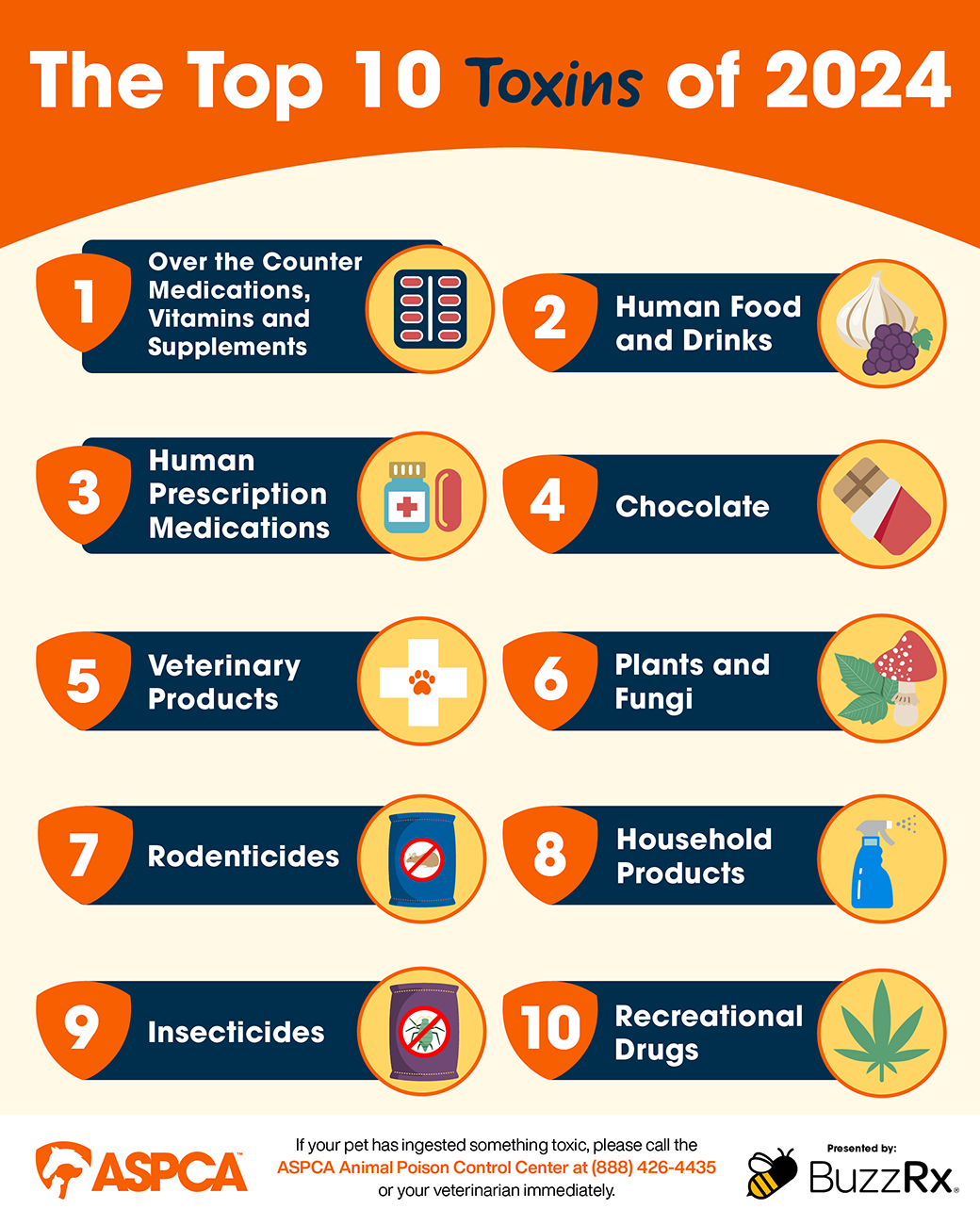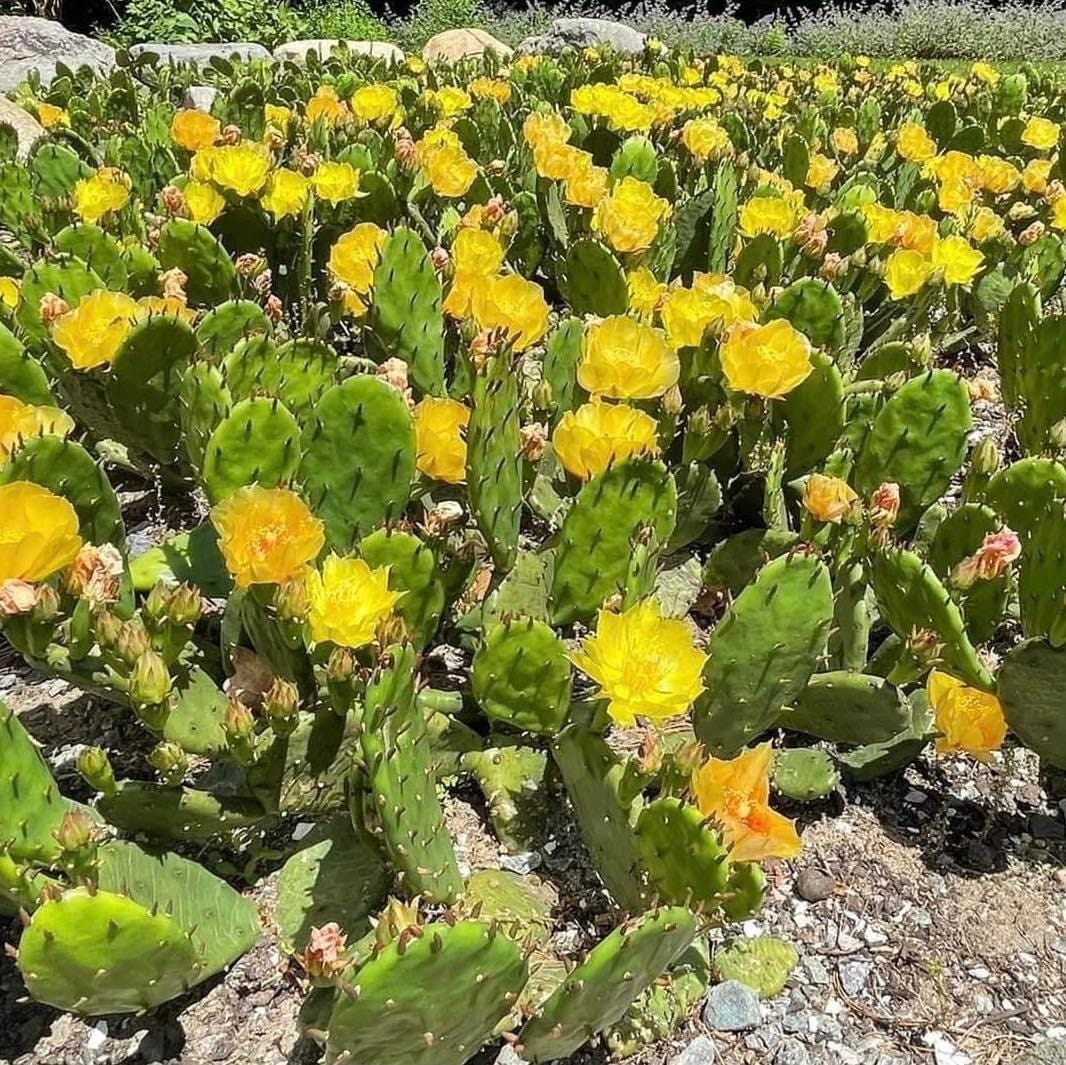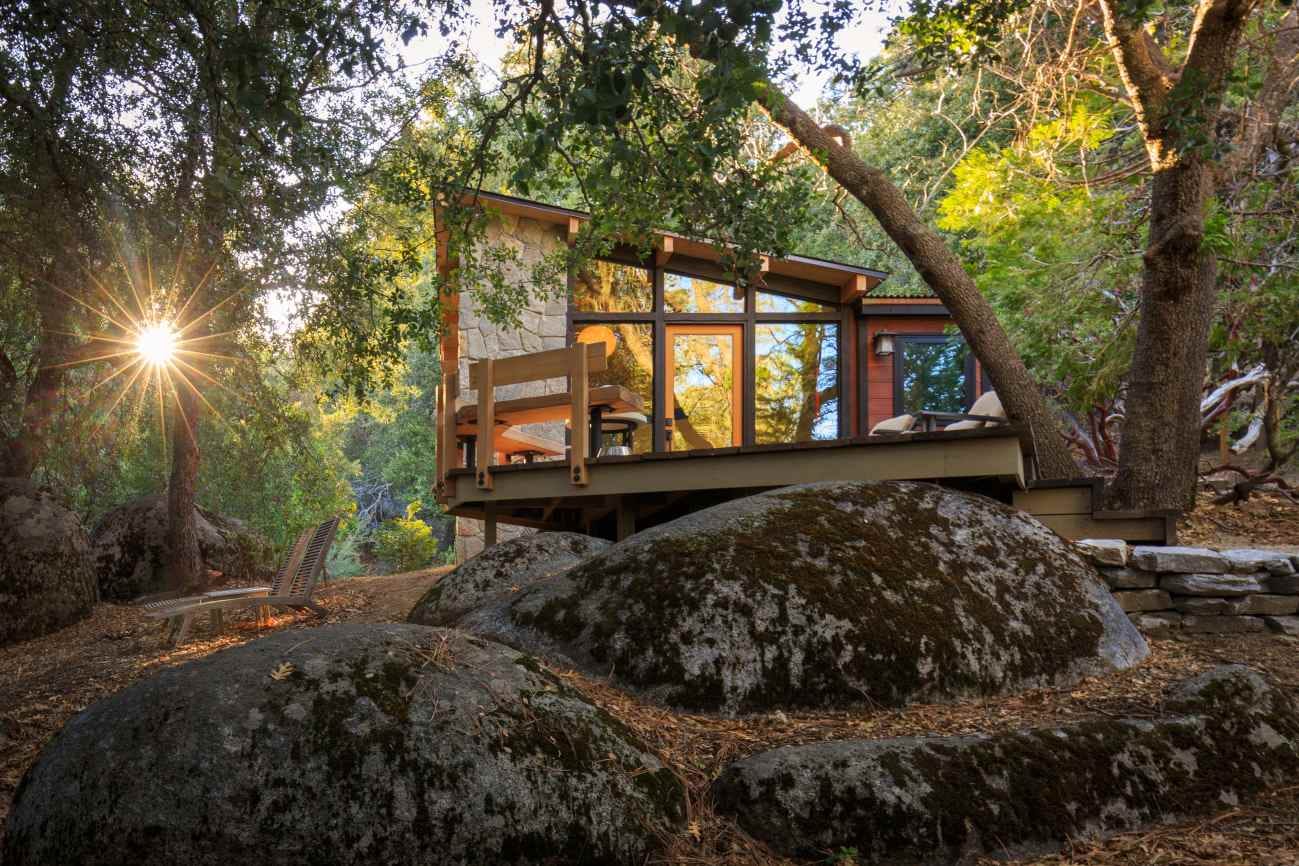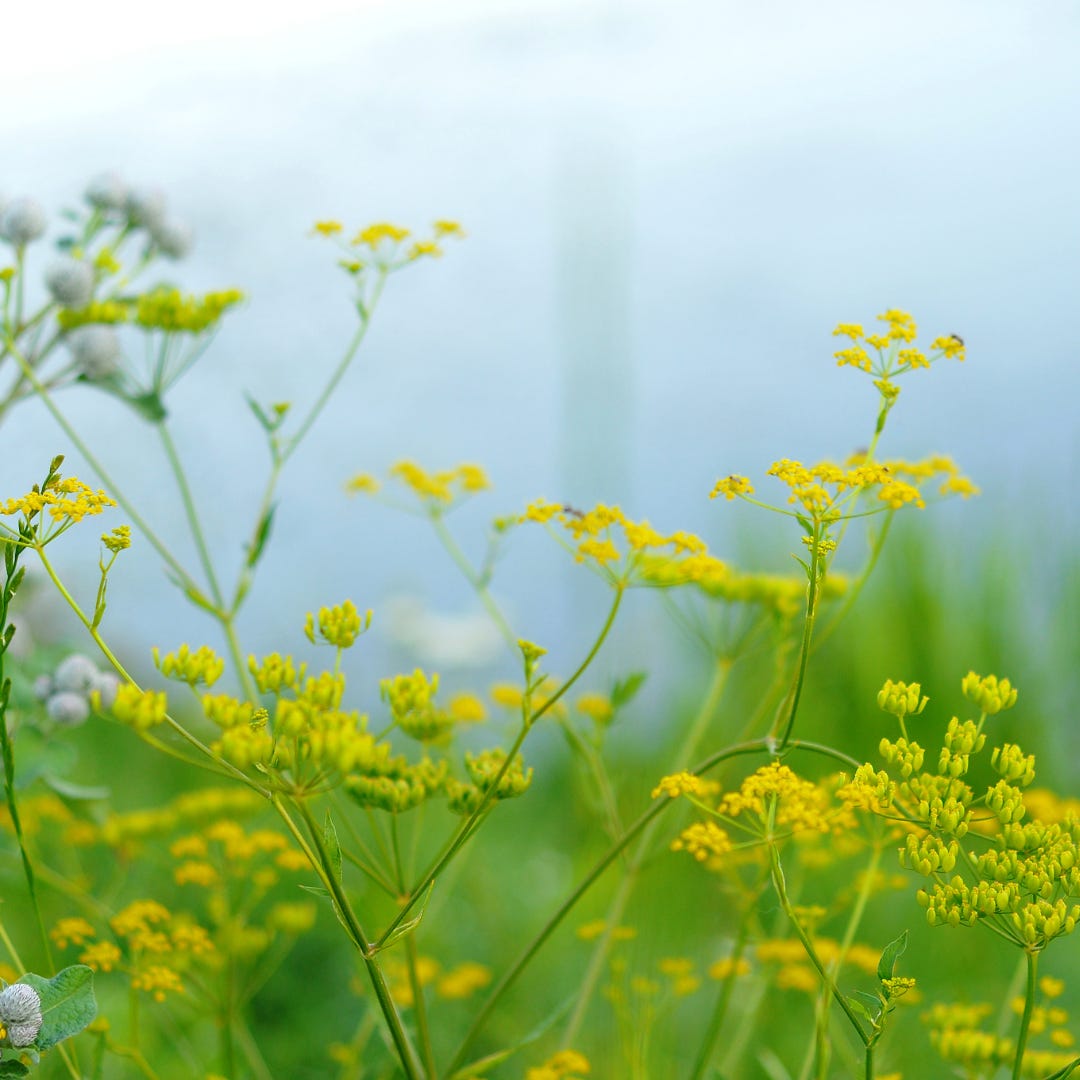
Dear Heather, Virginia creeper seems like a solution to my chain link fence problem, covering the fence to make a nice dense green wall. However, I am seeing on the internet that Virginia creeper is poisonous. Do you think it's worth the risk? I'm worried about dogs and small children in our backyard. If not VC, I was thinking of coral honeysuckle, though the red flowers would clash with the purple-and-white color theme. — Martine, Washington, D.C.
Scary! The internet, I mean. Filled with attacking snakes, killer coconuts, dog-snatching raptors, and poisonous plants. But the fact is, although many plants are indeed toxic, few are fatally so. Fear mongering gets clicks, but does our ecosystem a grave disservice, discouraging people from welcoming wildlife into their yards.
Pets are most likely to eat plants if they are penned in a small area and have few options — like dogs left alone in a fenced yard. In a Mt. Cuba center webinar on gardening for pets, Dr. Danielle Downs said she had encountered only one fatal plant in five years as a vet: bouquets of Easter lilies, the No. 1 most poisonous plant, according to the ASPCA (see below). Cats can die of kidney failure after eating lily flowers or even drinking water they sat in.
Toxic ≠ deadly
Children and pets don’t generally eat the greenery and, when they do, they start with a taste. The effect of ingesting a small amount of most toxic plants, including Virginia creeper, is minor. Furthermore, toxic plants are often unpalatable, so one small taste is enough to avoid them in the future.
All parts of the Virginia creeper contain the calcium oxalate crystals that cause irritation and pain that occurs when they are chewed or swallowed. The discomfort that is usually caused by the sharp crystals prevents most animals from doing more than sampling the plant material. — Wag!
If a dog or human ingests a small amount of Virginia creeper, wipe and then wash their mouth, then give them water to drink, according to both Wag! and the Missouri Poison Center, which rates Virginia creeper medium risk to humans.
So, I suggest you go ahead and plant Virginia creeper on your fence. Skip the coral honeysuckle, because it clashes. (It’s also toxic.) Consider adding virgin's bower for its white fall flowers, despite its toxicity. And supervise any kids or pets until you’re confident they won’t eat any of the many toxins we all have in our homes and yards.
Dear Heather, From their infancy to adulthood, my plants live behind chicken wire fences to avoid being eaten by bunnies. Should I pivot and try growing trusty ground covers for rabbits to feast on so they leave alone new gallon-sized bluestem and prairie dropseed along my foundation? Someday, the groundcovers will be hidden; is that throwing $$$ away? — Marsha, Kansas
Grrrrr, bunnies. I am so thrilled when we see foxes on our wildlife cameras… Worried my own experience would color my response, I asked Jess of Happy Little Habitat her opinion:
Personally, I'm a huge fan of plugs. Most ROI, and you can plant TIGHTLY. I think bunnies are going to eat what they want so a sacrificial groundcover may just serve as the amuse bouche before the native buffet. I try to plant bunny resistant plants WHEREVER possible (golden Alexander, native alliums, vervains, hyssops, mountain mints, monardas, sedges, etc.) and also interplant these with my vulnerable plants. Benjamin Vogt describes this as “plant bodyguards” and I love it! 🤩 But it wouldn’t be a very diverse group of natives if we only planted bunny resistant, so my next level is I spray liquid fence bunny spray several times a week on anything that is vulnerable or bunnies and uncaged – asters, milkweed, black-eyed Susan, Columbine, etc. It’s annoying and stinky, but it does work. Last gambit, in the back and side yard, things I want to just forget about from a bunny perspective I cage. Tried and true. — Jess, Happy Little Habitat
After losing hundreds and hundreds of unfenced plugs to rabbits and voles last year, I’m taking a different tack: a combination of seeds and full-sized plants. I found that bunnies couldn’t keep up with the density of young plants that grow well from direct seeding, so I seeded these heavily in late fall. Now, I’m going to plant full-size plants.
I wish us all luck! Some day, we’ll have plenty of plants for everyone.
— Heather
P.S. For those of you located in or near the Hudson Valley, NY, Zoe will be teaching in person workshop on Sunday, April 13, for the Wild Ones Mid-Hudson Valley chapter. Register and learn more: Design Your Yard Using Native Plants.
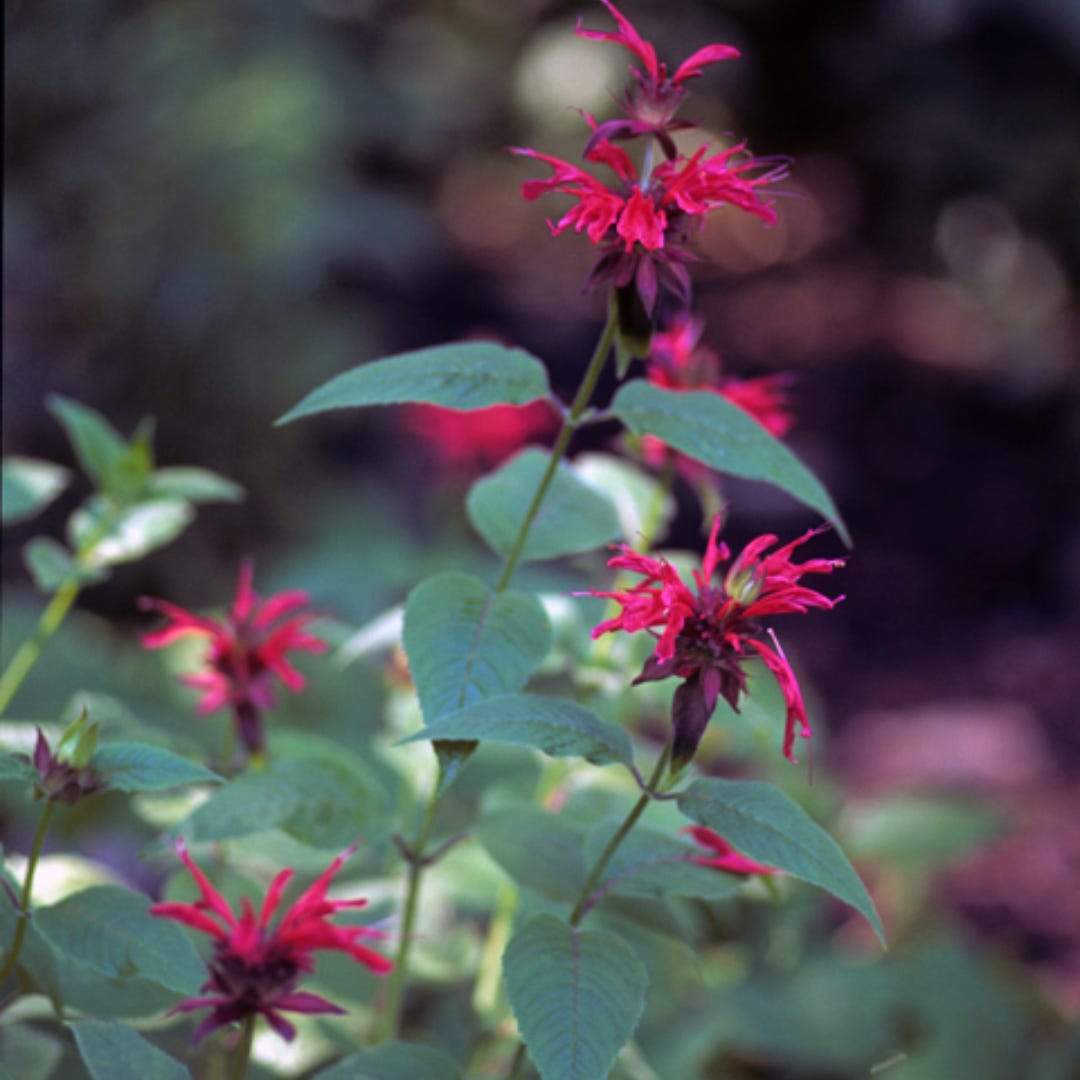
10 Weekends to Wild Challenge #4: Get thee to a nursery!
Make a day trip to the largest mostly native nursery in your region as soon as it opens for the season. (See how to find one, below.) It helps to go with a list, but be ready to pivot if your dream plant is out of stock. See my article 5 Steps to Order Your Plants for details.
ICYMI
Challenge #1: Check your winter views
Challenge #2: Score some seating
Challenge #3: Name your theme
Why, How, Wow!
Why? Most toxic plants
Lilies, marijuana, sago palm, tulip/narcissus bulbs, azaleas/rhododendrons, and oleanders are the greatest danger to pets, based on 451,000 calls about toxic substance exposure to the ASPCA’s Animal Poison Control Center. (See the ASPCA’s 17 Plants Poisonous to Pets.)
In researching this newsletter, I found Wag! to provide the most comprehensive information about the toxicity to dogs of garden plants. Search Google for Wag! + [species name] + poisonous to dogs if you are concerned about planting something your dog may eat. Note that toxicity is species specific; lilies are generally less toxic to dogs than cats, for example.
And remember to safeguard all poisons from your pets. Plants rank only sixth out of the 10 top toxins for pets.
How: Finding a native nursery
Native plants are still difficult to find and demand often exceeds supply. I recommend developing a relationship with a large, mostly native nursery in your region, which may be an hour or even two away. You can find candidates through your local native plant society or by searching Google maps for “native plant nursery.” Then evaluate them along these dimensions:
Focus — Do they carry mostly native plants? Are they committed to supplying plants free of neonicotinoids?
Comprehensiveness — Do they carry a wide variety of native shrubs and trees, in addition to perennials?
Mission — Do they educate the public — AKA you — as part of their mission? Will they take time to help you evaluate “right plant, right place”?
For example, Prickly Ed’s Cactus Patch Native Plant Emporium, my Rhode Island nursery, meets all these criteria. I especially admire the work they do to educate the local community through social media, writing columns, teaching workshops, etc. Even their name is an opportunity to educate (as well as a joke about co-owner Ed Mourra, a total sweetheart with a sometimes prickly manner):
An expansive patch of cactus growing in the front yard of a suburban Rhode Island home is a great conversation starter. And that opens up the opportunity to talk about the many reasons why our native Eastern Prickly Pear Cactus belongs here far more than the lush turf grass lawns and exotic ornamental plantings that dominate the landscape in our area. New England's only native cactus is now classified as endangered in this region, most remaining populations are in hobby gardens like ours. But the Opuntia is so much more than a hobby plant. It is a host plant for several of our native pollinators and the flowers are a favorite of many native bees. In fact, the first place we ever saw a green sweat bee was on the opuntia flowers. The pears are a favorite food of wild turkeys, deer, coyotes and even some turtles. — Cindy Mourra, Co-owner, Prickly Ed’s
I am looking forward to emailing my Few Plants, Big Impact wish list to Prickly Ed’s soon, before they open for the season. They’ll let me know what’s available when and answer my questions about suitability based on their extensive knowledge and experience. Then Pete and I will visit them every couple of weeks during the season to see plants in bloom, compare notes, and plan my next purchases.
I actively discourage friends and readers from visiting traditional local nurseries. Until a nursery has a substantial portion of native plants and staff who are knowledgeable about their benefits, you’ll end up buying what’s there and what the staff knows — and those probably won’t be native.
Wow! Gorgeous woodland destination
If you haven’t figured out the destination you’re going to put in the furthest corner of your property, maybe this guest house will get you dreaming. It’s extravagant, yes, but anyone with a woodland can create a similar adventure with paths and a yoga platform — which is what Zoe plans to build in the woods behind her house. (Read Dream Big Now! for the role of paths and destinations in native yards.)
Paths made from dirt, railroad ties, rock steps, wood bridges, and local manzanita pine handrails connect the guest house to the main house.
Short takes: Real estate and landscaping
Evaluating how much to spend on plants? Make sure to consider the high ROI of such “softscaping.” (See How Does Landscaping Affect Your Home’s Value?)
You’ll have plenty of time to enjoy your new landscaping: Median homeowner tenure nationwide is now 11.8 years, almost double what it was in 2005, according to Redfin.
In addition, a recent Zillow study found home buyers are paying up for functional outdoor features, such as an outdoor shower (2.8%), outdoor kitchen (2.2%) and bluestone patio (2.2%).
There’s still time to register for this evening’s workshop! Yardenalities: A Design Shortcut for a Backyard Makeover is all about recognizing your personal style and learning how to apply it in a way that feels cohesive, exciting, and alive:




